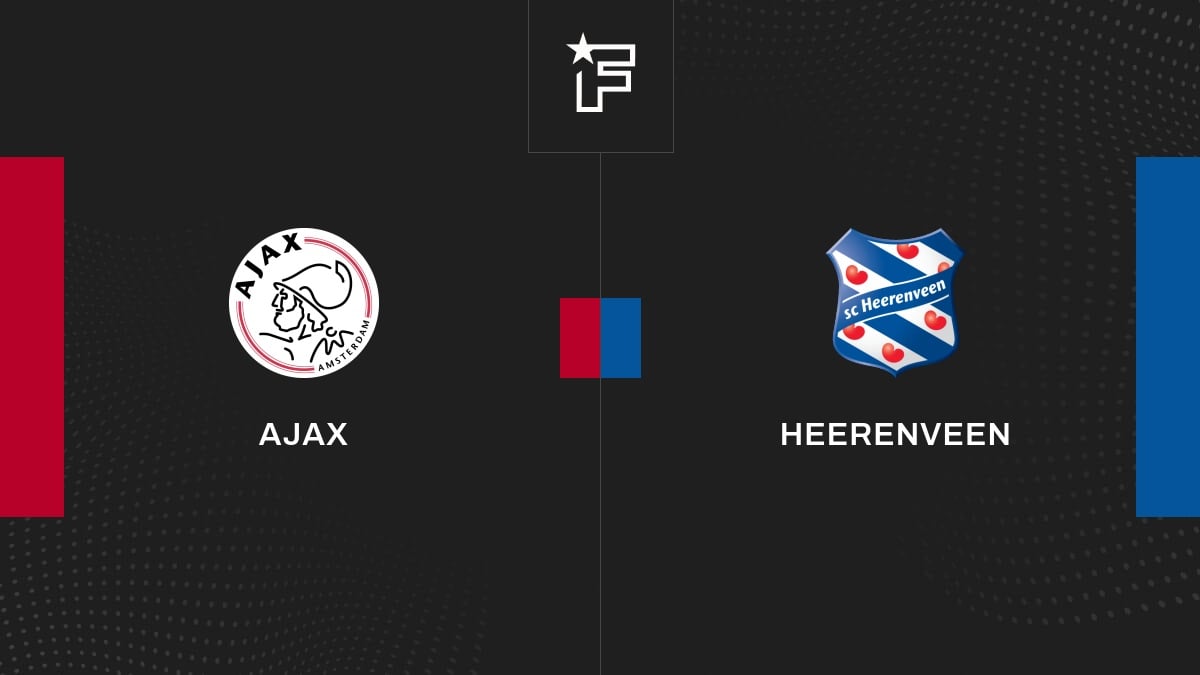
Introduction
Ajax, which stands for Asynchronous JavaScript and XML, has become a cornerstone of modern web development. This technology allows web applications to send and retrieve data asynchronously without requiring a full page reload, significantly enhancing user experience. As businesses increasingly rely on online platforms, understanding Ajax’s capabilities and relevance is crucial for developers and organisations alike.
What Ajax Does
Introduced in the early 2000s, Ajax enables the creation of dynamic and responsive applications. It allows for background communication with web servers, which means that users can interact with a website without interruption. For example, when a user submits a form or searches for content, the page does not need to refresh, resulting in a seamless experience.
Recent Developments
As of October 2023, numerous frameworks and libraries continue to integrate Ajax functionalities. Popular JavaScript libraries, such as jQuery and various front-end frameworks like React and Angular, leverage Ajax for efficient data fetching. Additionally, the rise of Single Page Applications (SPAs), which rely heavily on Ajax for loading content dynamically, illustrates its growing importance in streamlined web interfaces.
Use Cases in the Real World
Many companies have adopted Ajax to improve their web applications. For instance, major platforms like Google Maps and Facebook utilise Ajax techniques to provide real-time updates without page refreshes, enhancing interactivity. Additionally, E-commerce sites have implemented Ajax to streamline shopping carts and product searches, which leads to higher conversion rates.
Limitations and Future Outlook
Despite its advantages, Ajax does have some limitations. The reliance on JavaScript means that users with disabled JavaScript may experience degraded functionality. Moreover, SEO (Search Engine Optimisation) can be challenging as search engines may not effectively crawl dynamically loaded content. However, solutions like server-side rendering are emerging to address these concerns.
Looking to the future, Ajax is expected to continue evolving, particularly as web standards improve and developers seek more efficient ways to manage user interactions. The integration with technologies like Progressive Web Apps (PWAs) and enhanced server communication protocols heralds a promising development landscape.
Conclusion
Ajax has considerably transformed the web development landscape, enabling more interactive and user-friendly applications. Its relevance continues to grow as businesses seek to enhance user experience and engagement on digital platforms. For developers, mastering Ajax is increasingly important in creating modern, responsive web solutions that meet the demands of today’s internet users.
You may also like

Samir Zitouni: Innovator Making Impact in Technology

Ajax vs Heerenveen: The Rivalry Continues
